Between 1962 and 1970, almost 600 examples of the Maserati 3500 GTiS (as the Sebring was originally named) were made. Based on the Maserati 3500GT, two separate series were produced but as is so often the case, it was the unadulterated grace of the Series 1 cars that were cosmetically preferable – to our eyes, at least. This was the era when Aston Martin, Jaguar, Ferrari, Lamborghini and Porsche – plus, of course, Maserati – vied to produce the most desirable, most glamorous sports cars. And just as the marques were rivals in the salesroom, so they were on the race track.
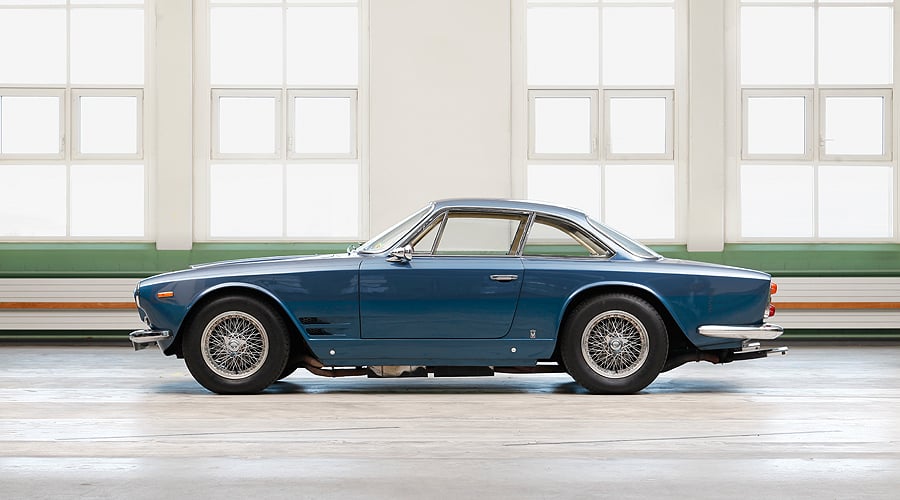

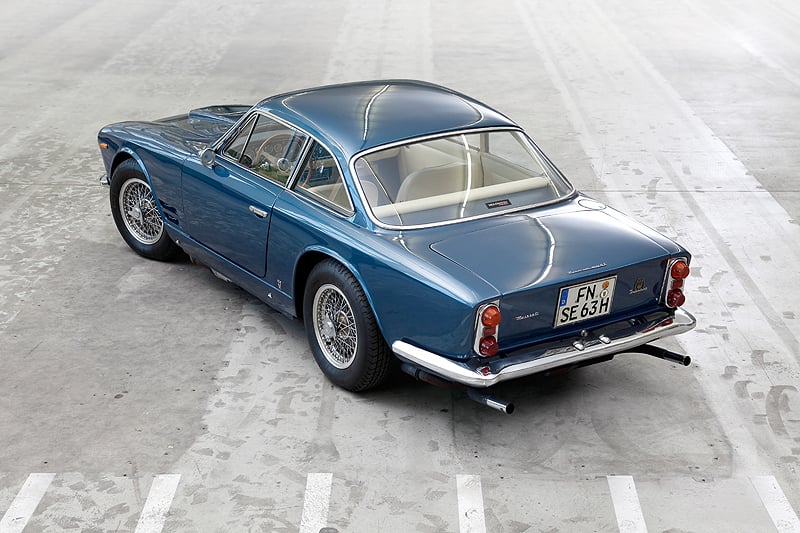
In 1957, Juan Manuel Fangio and Jean Behra had triumphed in the 12 Hours of Sebring at the wheel of a Maserati 450S, followed in second place by Stirling Moss and Harry Schell in a Maserati 300S. As a tribute to this double victory, from 1964 Maserati changed the name of the 3500 GTiS to ‘Sebring’.
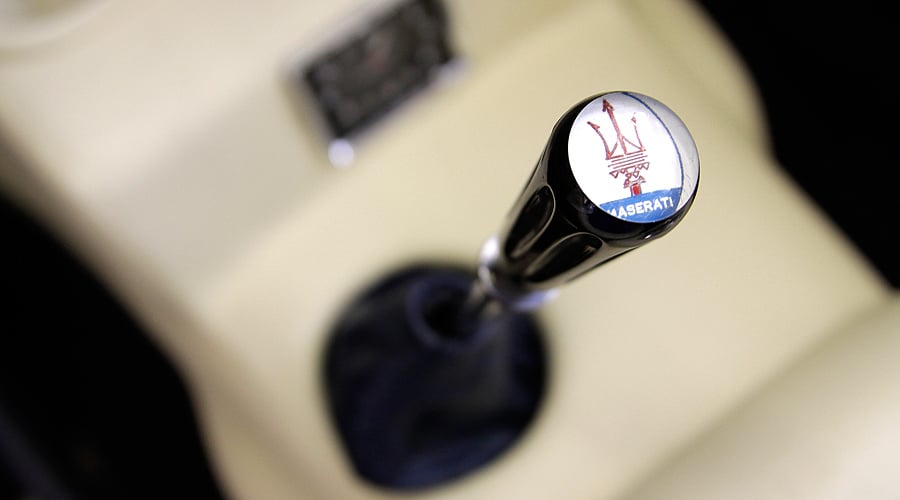
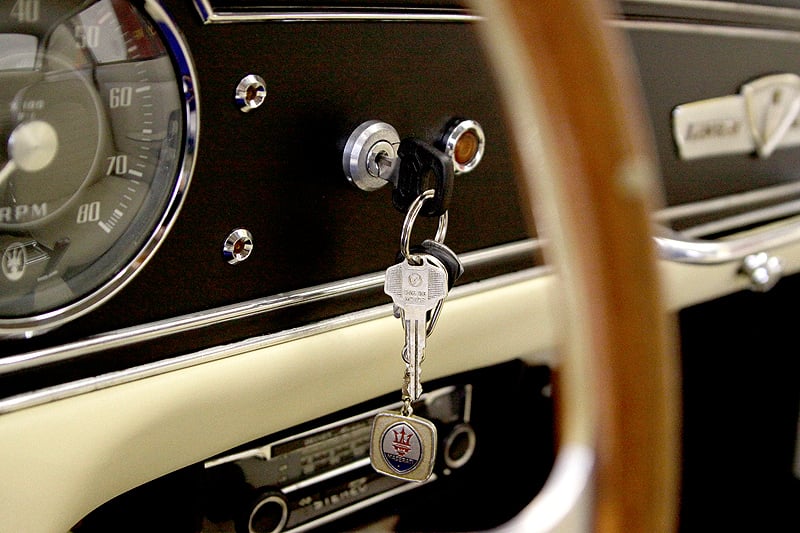
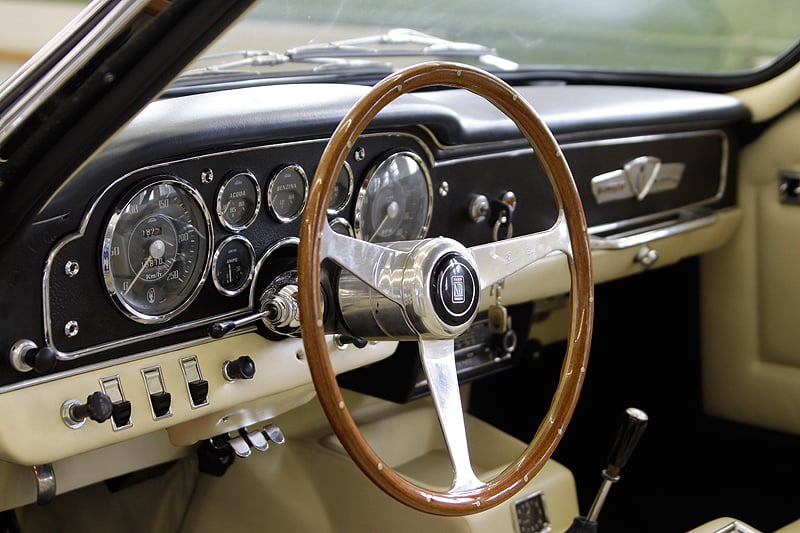
It’s generally accepted that Alfredo Vignale, senior partner at Carrozzeria Vignale, is responsible for the Sebring’s design. However, according to some accounts, it was Michelotti who did the work as a commission for Vignale. Either way, the 2+2 body appears powerful yet compact, with a high shoulder line and two twin headlights that give the Sebring an eager, inquisitive expression.
Initially, the Sebring used a 3.5-litre inline six-cylinder engine from the 3500GT but later models employed a 3.7-litre engine (the capacity increased by lengthening the stroke), with correspondingly better torque and overall performance. Later still, a 4-litre engine was adopted.
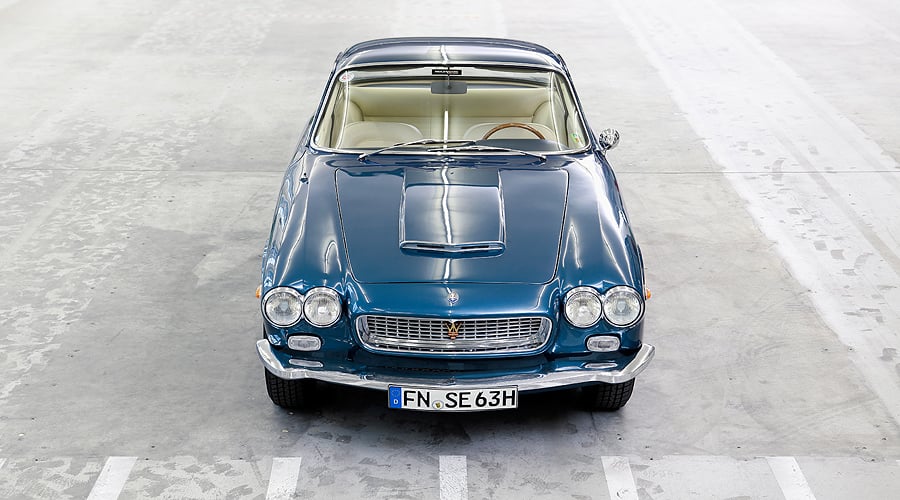
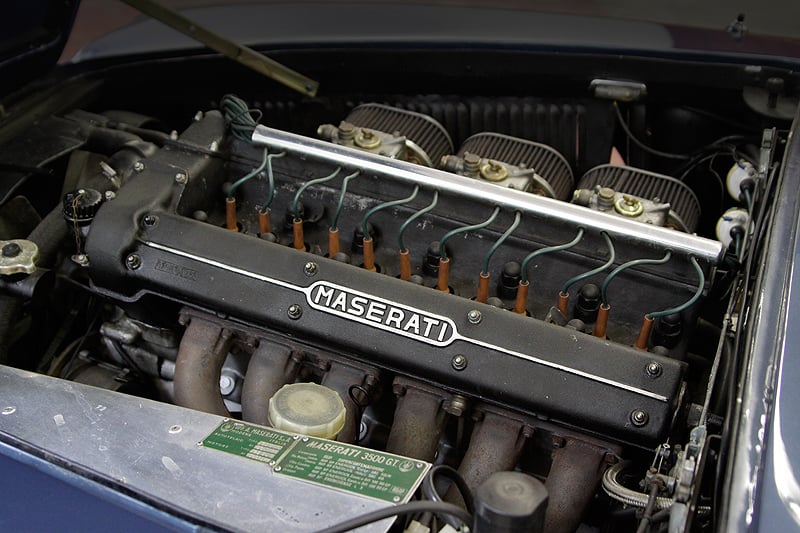

These days, the best examples can fetch around 100,000 euros, maybe double what they would have fetched just a few short years ago. But what price can you put on such elegance, when you find yourself driving along the Champs Élysées, perhaps, or a Mediterranean coastal road. Perfect.
Photos: Bildermeister











